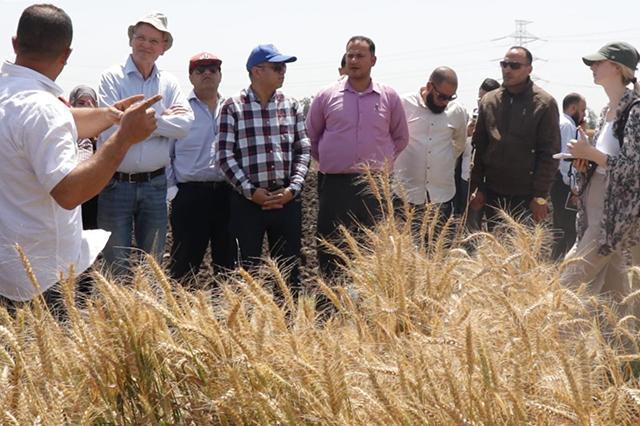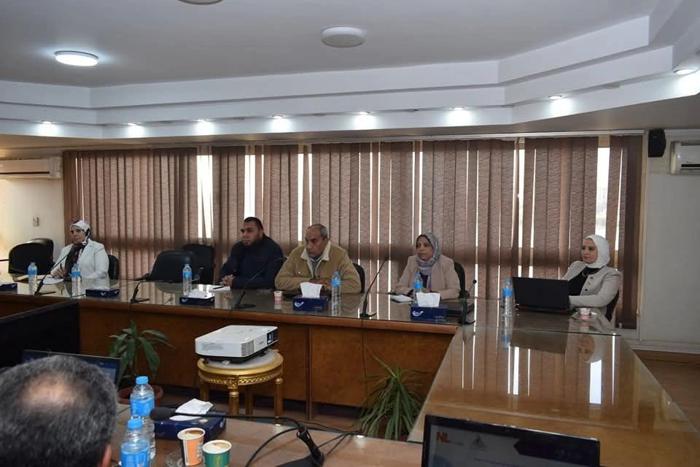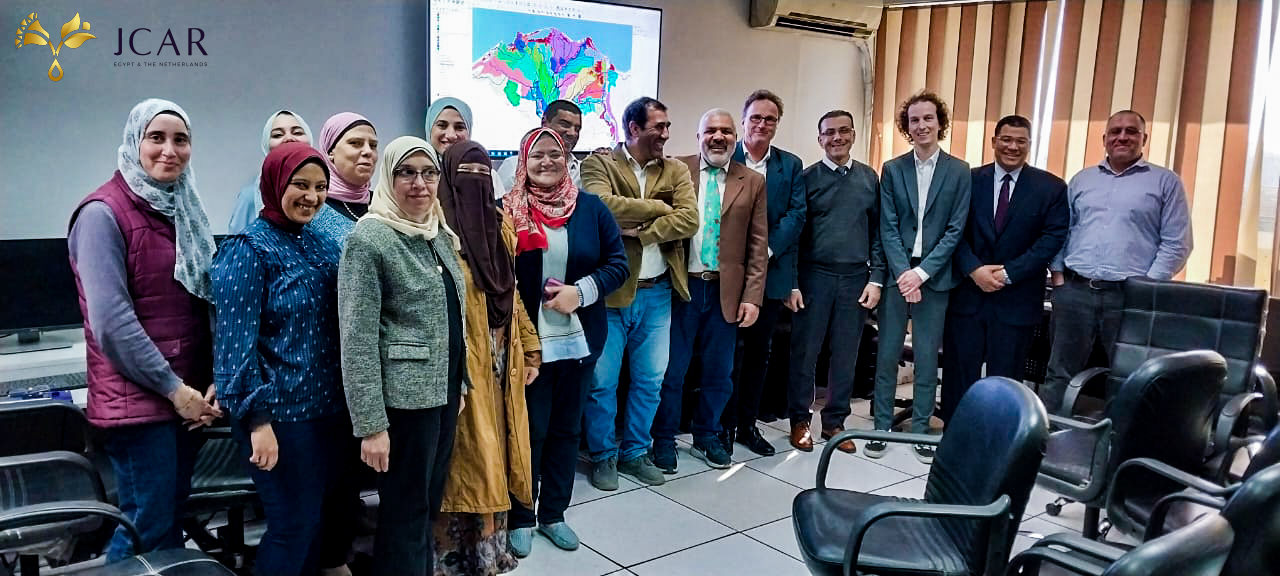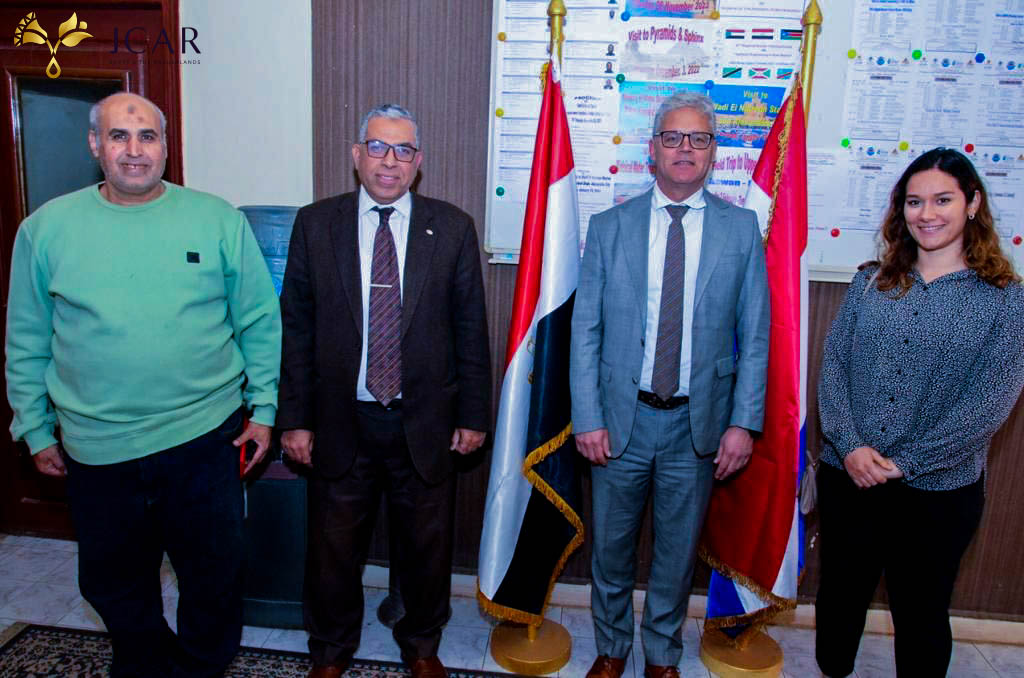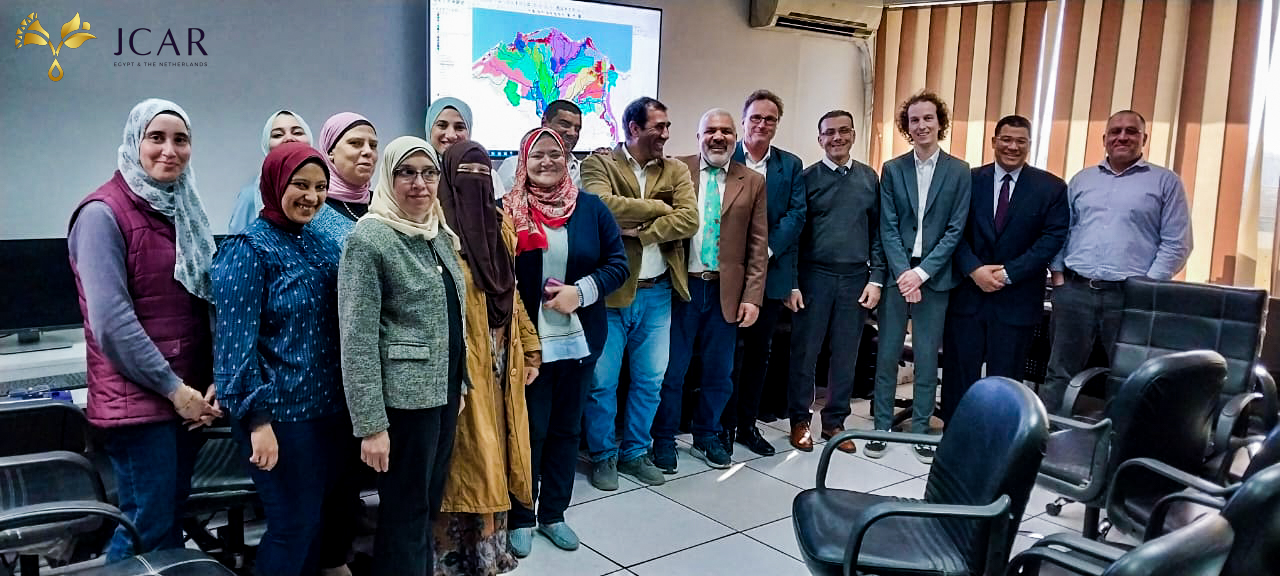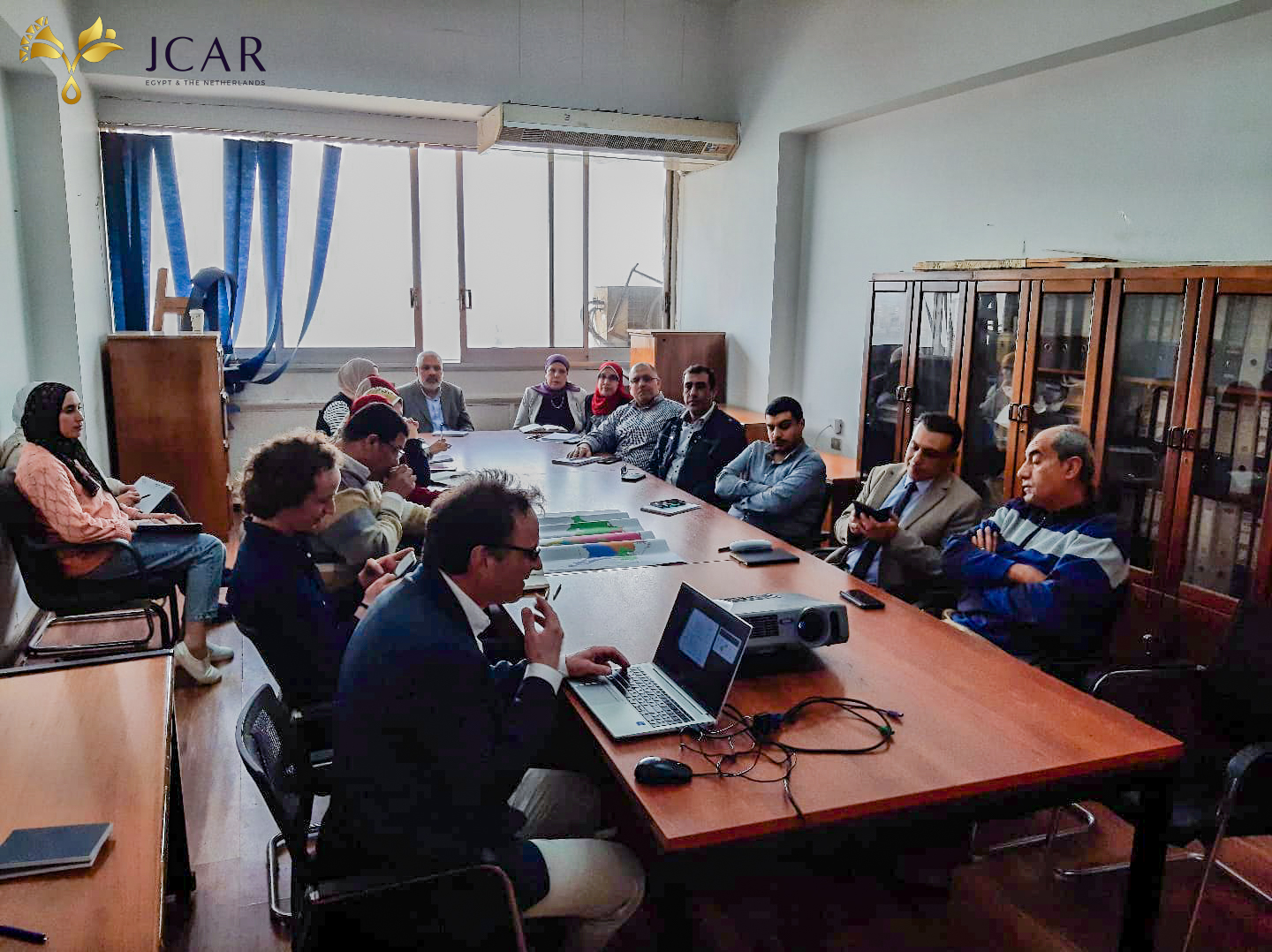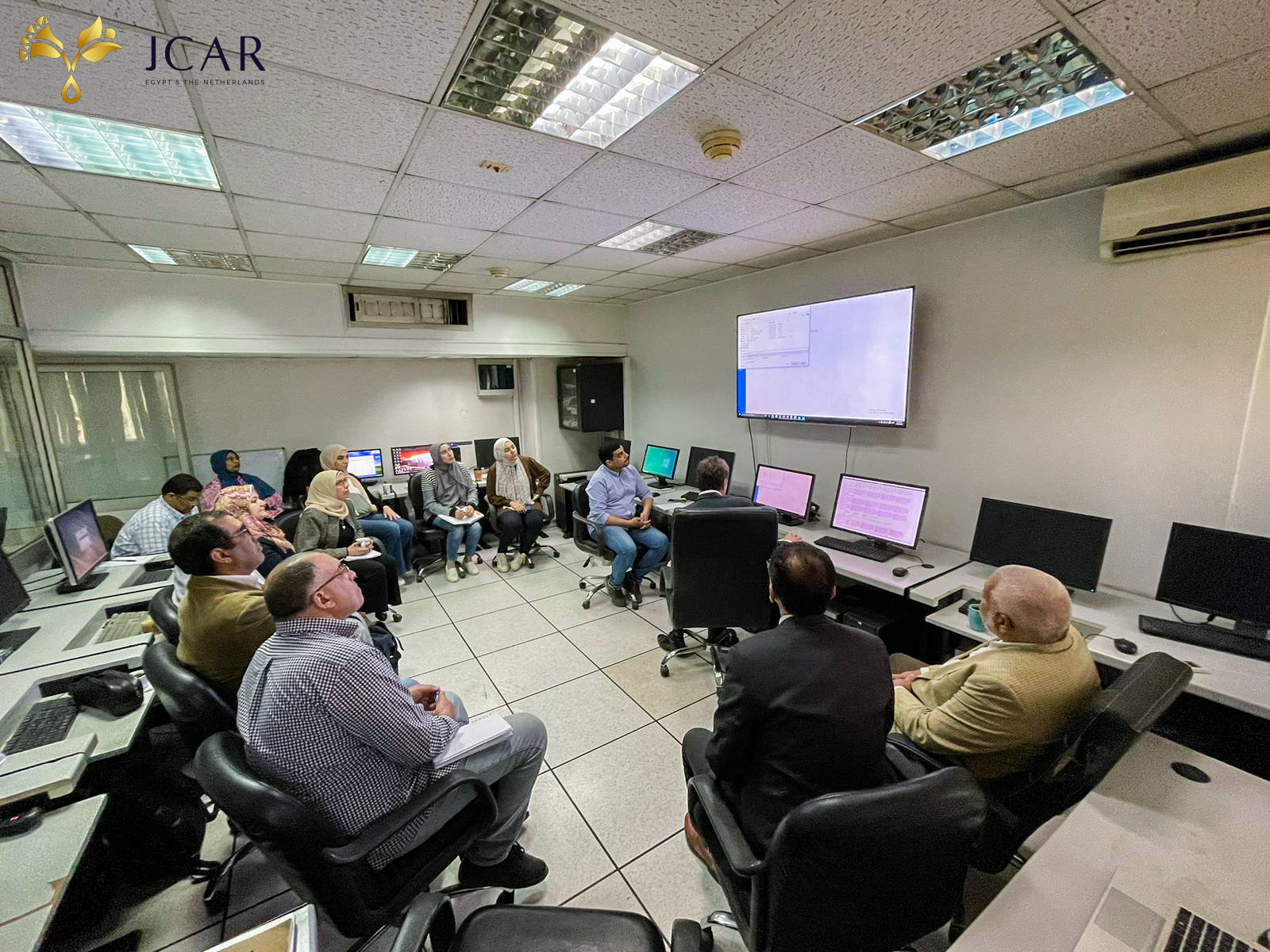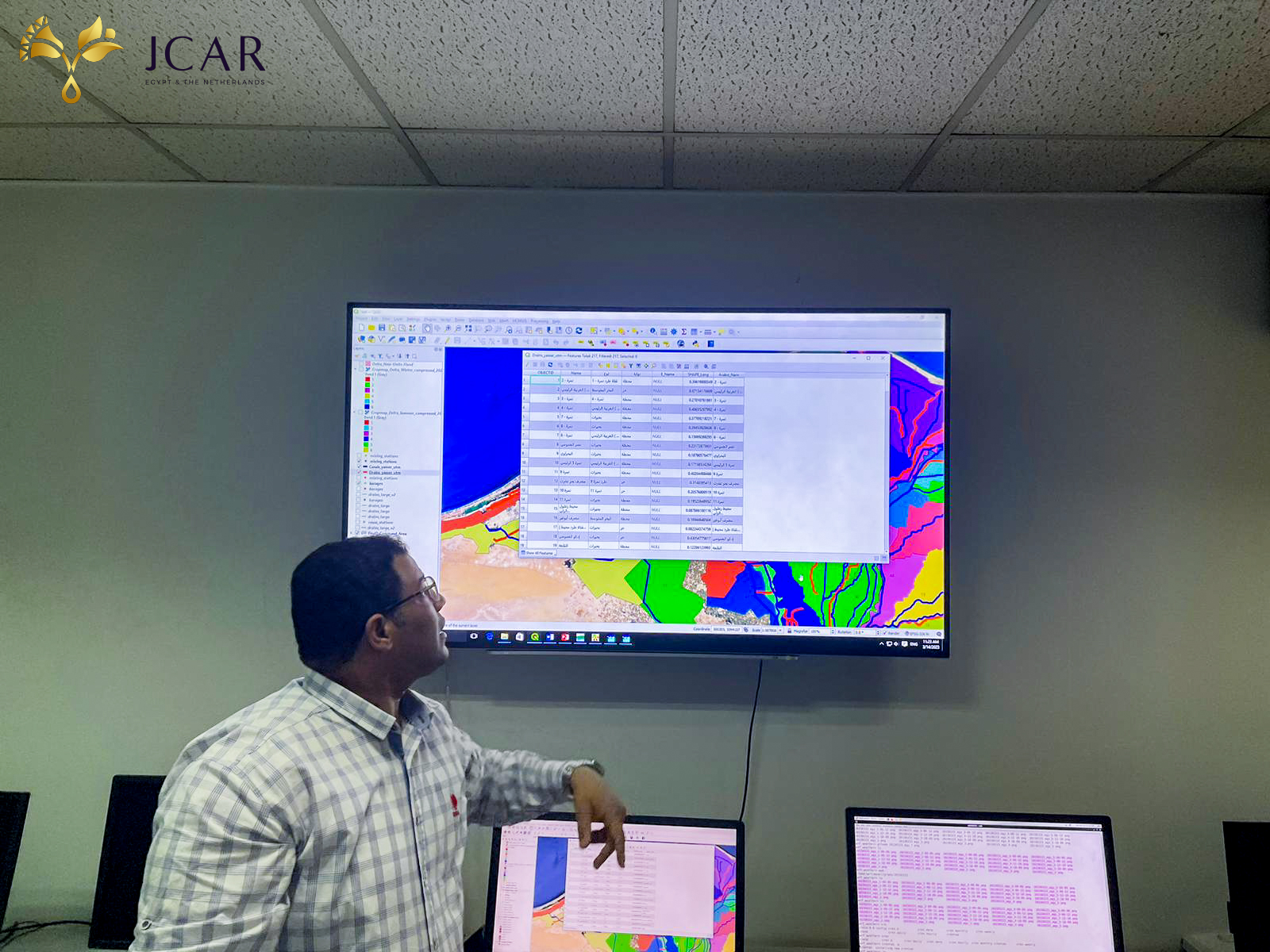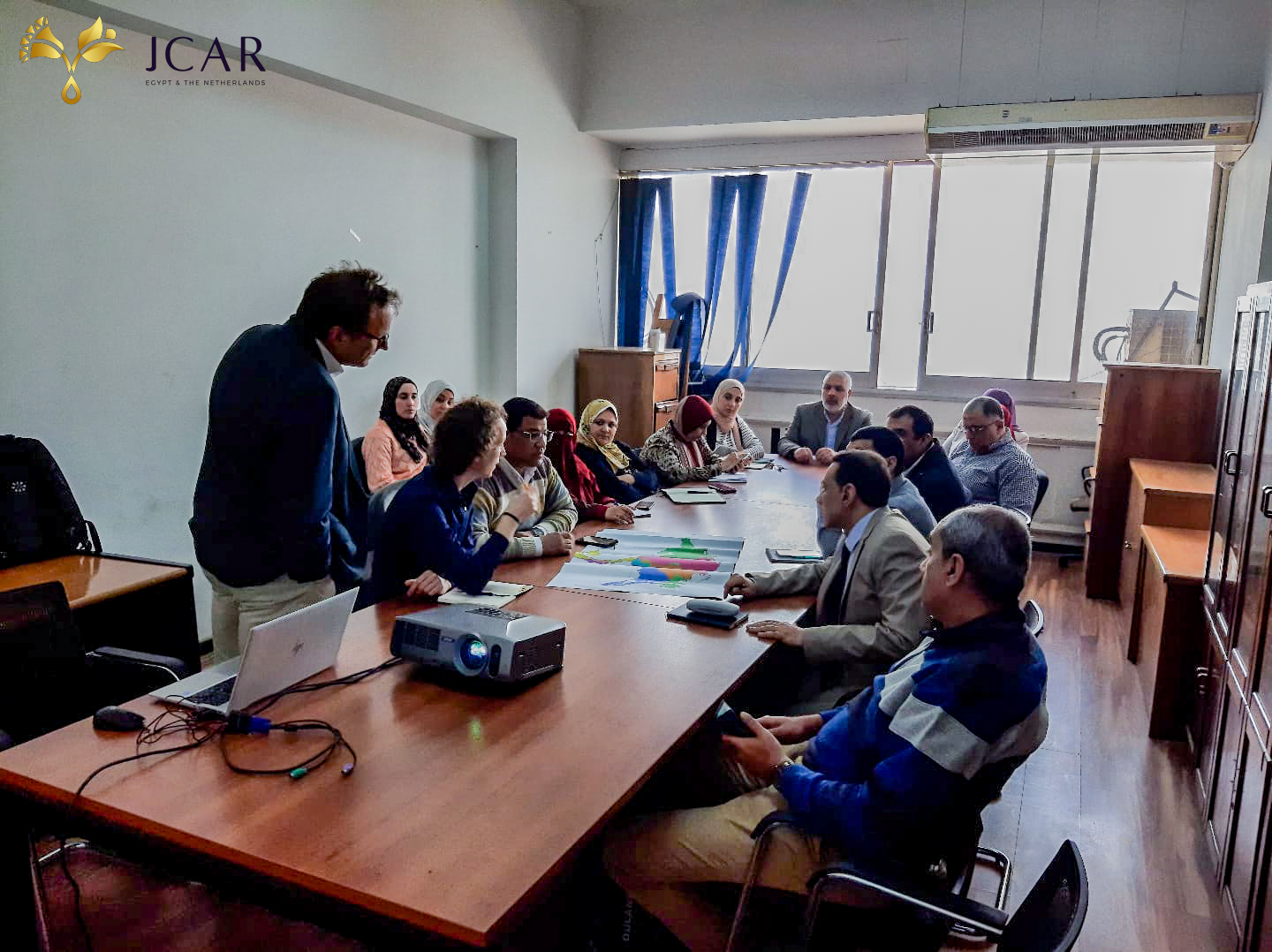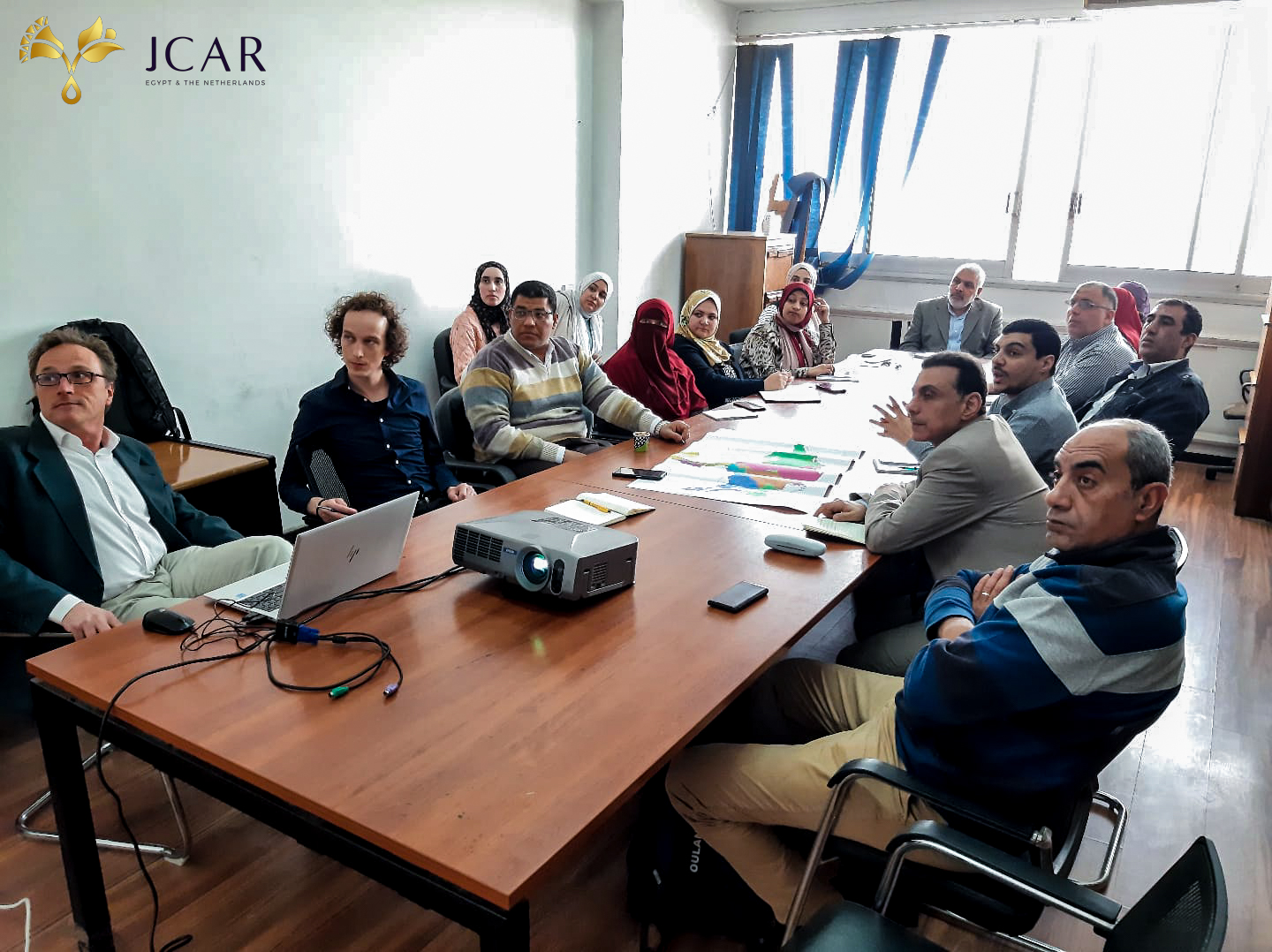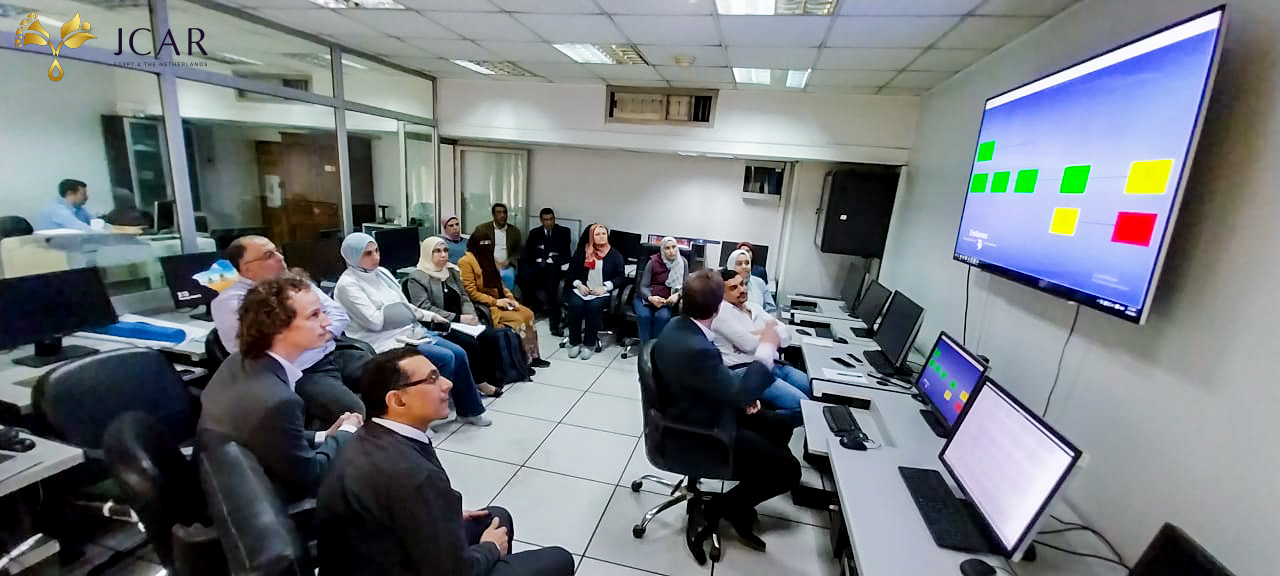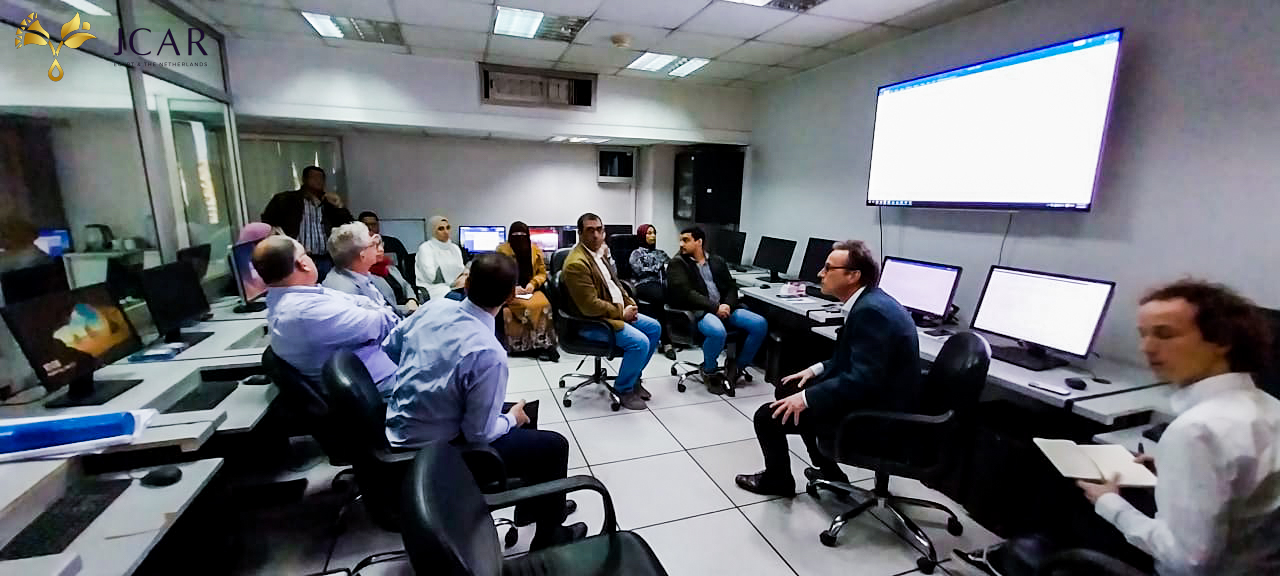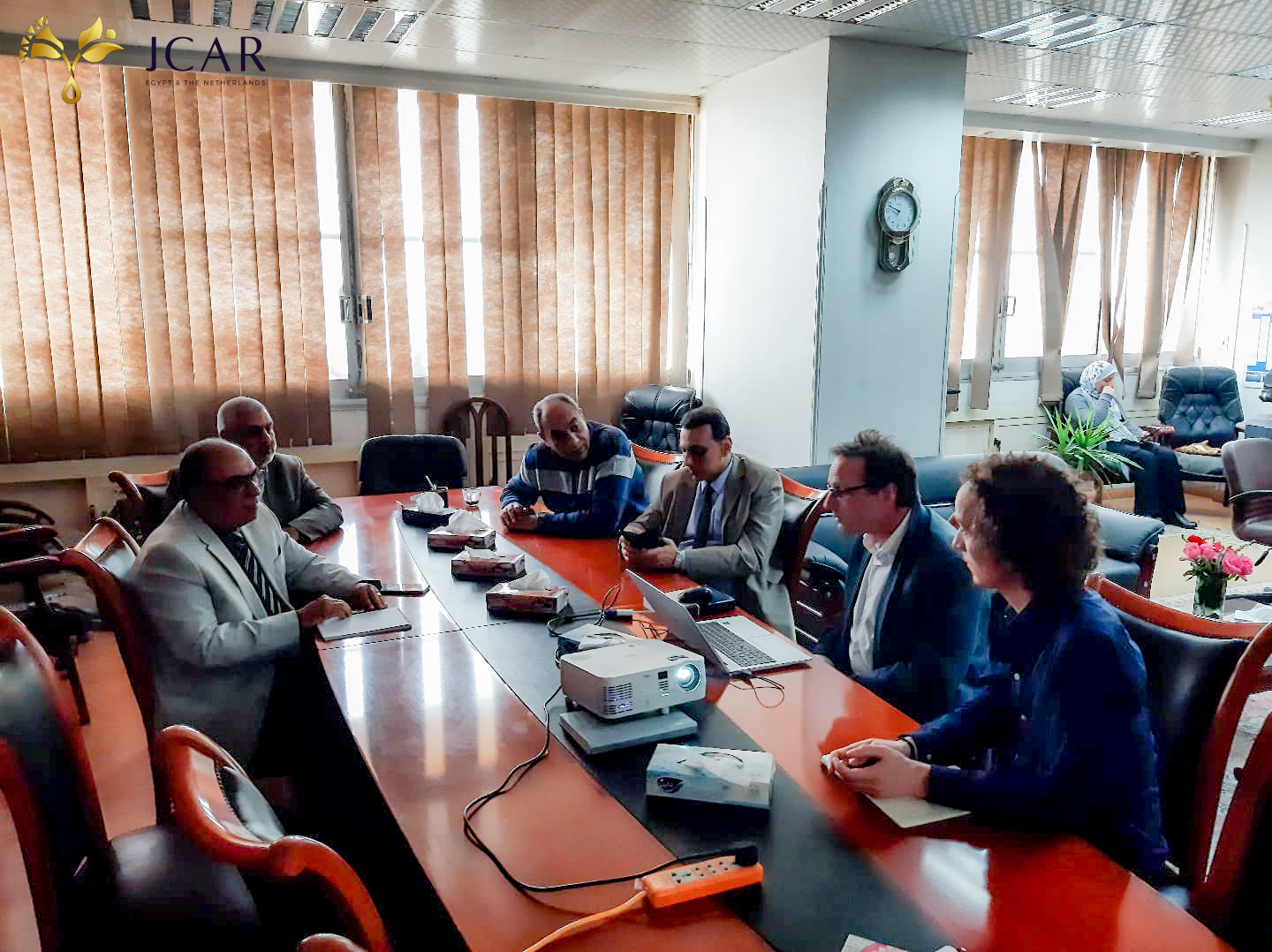Overview
In light of the JCAR program (joint cooperation between Egypt and the Netherlands for applied research) and the activities of the research project (Assessing the Impacts of Irrigation Improvements and Innovations (A4I)), a task force mission was held from March 12th to 16th on the RIBASIM software. This work week was aimed at reaching a consensus between the JCAR partners and MWRI regarding the design choices for the RIBASIM model to be used to evaluate the impact of irrigation improvement interventions.
The upgraded RIBASIM model was implemented in a week-long working session with the RIBASIM Task Force resulting in the first functioning RIBASIM model, focusing first on water allocation. The capacity of the RIBASIM Task Force members will also be strengthened through on-the-job training.
During the working sessions, the RIBASIM Task Force members discussed the spatial resolution, the base year and base case, the limit re-use of drainage water with high salinity, and the inclusion of fishponds in the RIBASIM schematization.
We are looking forward to the results of this workshop and to the advancements of the RIBASIM software in the context of the A4I project. Stay tuned for further updates on our research!

